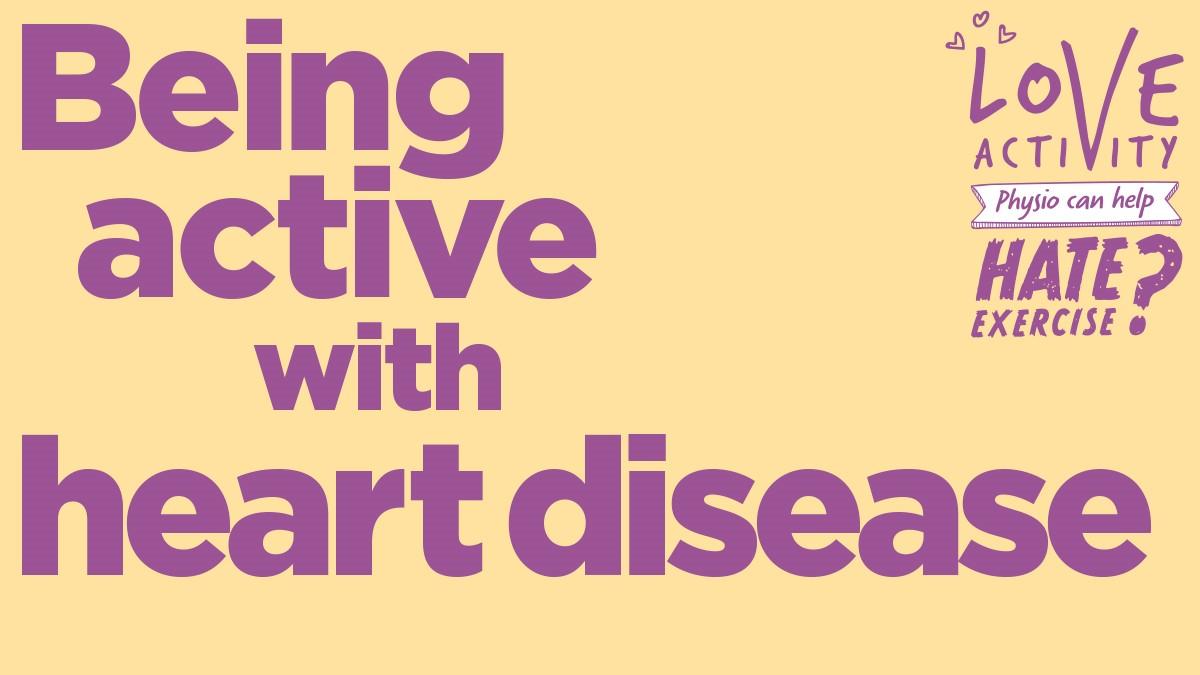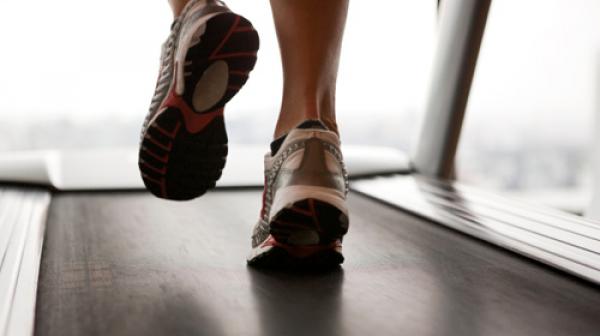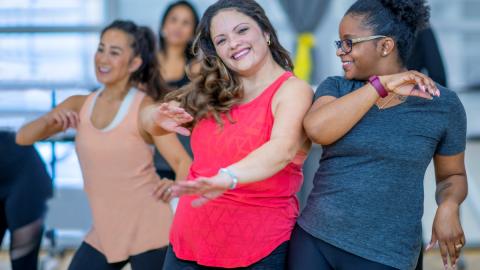If you have coronary heart disease, regular physical activity can benefit your overall heart health, help protect your heart and help to reduce your risk of having further heart problems.

It can also help you to recover from a heart attack or treatment such as heart surgery.
Here's how to get started.
Ask your doctor about cardiac rehabilitation courses available near you
- Speak to a health professional to check any activity you have chosen to do is suitable. For example, swimming may not be right for everyone
- Pick an activity that uses your whole body such as walking, cycling or dancing and in general aim to do 150 minutes a week
- The activity should be at moderate intensity, meaning you'll feel comfortable to continue the activity but will feel that your breathing is deeper and faster but you can still speak
- Remember that it doesn’t all have to be done in one go! You can break the 150 mins down to 30 mins five times a week or even down to 15 x 10 minute sessions throughout the week. Keep track of your activity using an activity planner or with a fitness tracker app.

- Always start and finish the activity gradually so you warm up and cool down, giving your heart and lungs time to build up and then wind down from the activity
- Resistance exercise can also be performed twice a week. The weight you use shouldn't be too large and you should be able to do at least 10 reps – if you can't then the weight is too heavy for you
- Choose activities you enjoy and feel you will continue to want to do in the future
- Don't exercise if you have chest pain, palpitations or feel dizzy
If you’re still not sure where to start, a physiotherapist can assess you and work with you to create a weekly activity plan
You can download this page for future reference.
Being active with heart disease
Find Out More
Last reviewed:







































